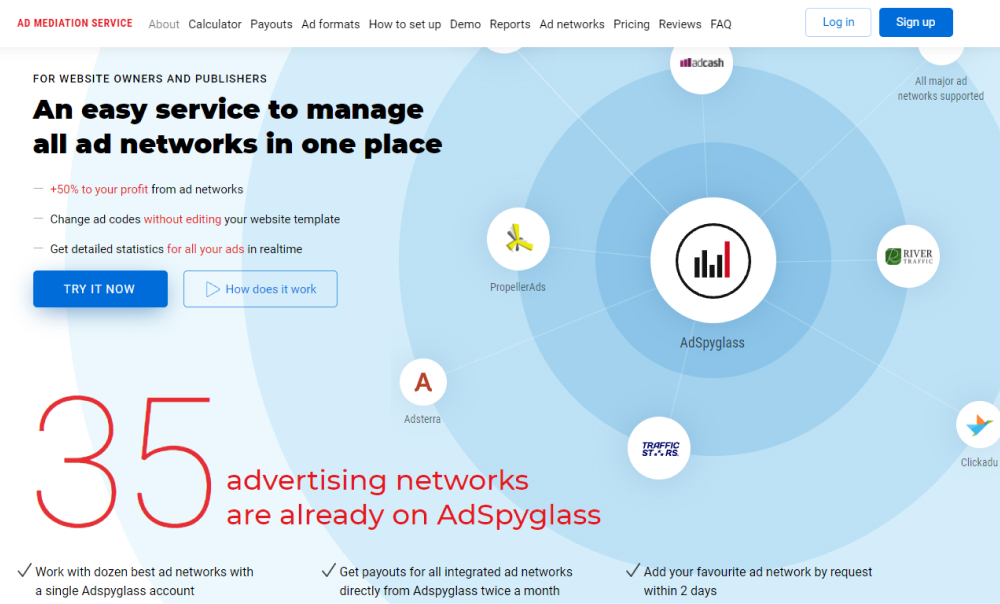FTP or File Transfer Protocol is a term that stands for the list of rules that govern how computers transfer the files between the systems via the Internet. FTP is now also used in the business field to transfer the files inside their working network, and websites also use this technology to upload or download the files from the servers.
In short, file transfer protocol opens a channel between two separate computers that need to exchange files. Such a channel consists of two connections used by computers to communicate. One connection sends the commands and replies between the communicators, and the other one handles the data transfer according to the result of the commands.
There are 4 commands used for communicating and interacting between the participants: “send”, “get”, “change directory” and “transfer”. Additionally, during the delivery process, the FTP can use different modes for the file transfer:
- Block mode. Separates data into different blocks for delivery.
- Stream mode. Transfers the data in a string without any boundaries (directly).
- Compress mode. Uses the specific Lempel-Ziv algorithm to compress the data before transferring.
One of the core functions of FTP is a large file transferring – you will get a smooth transmission of thousands of gigabytes at once without any fear they will be damaged or lost. FTP enables the possibility to send a bunch of files at once, freeing you the time for the other priority tasks. This feature is significantly important for setting up an effective and efficient workflow.
